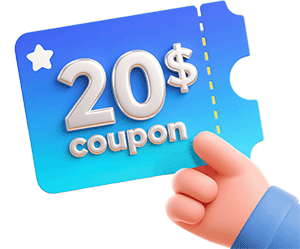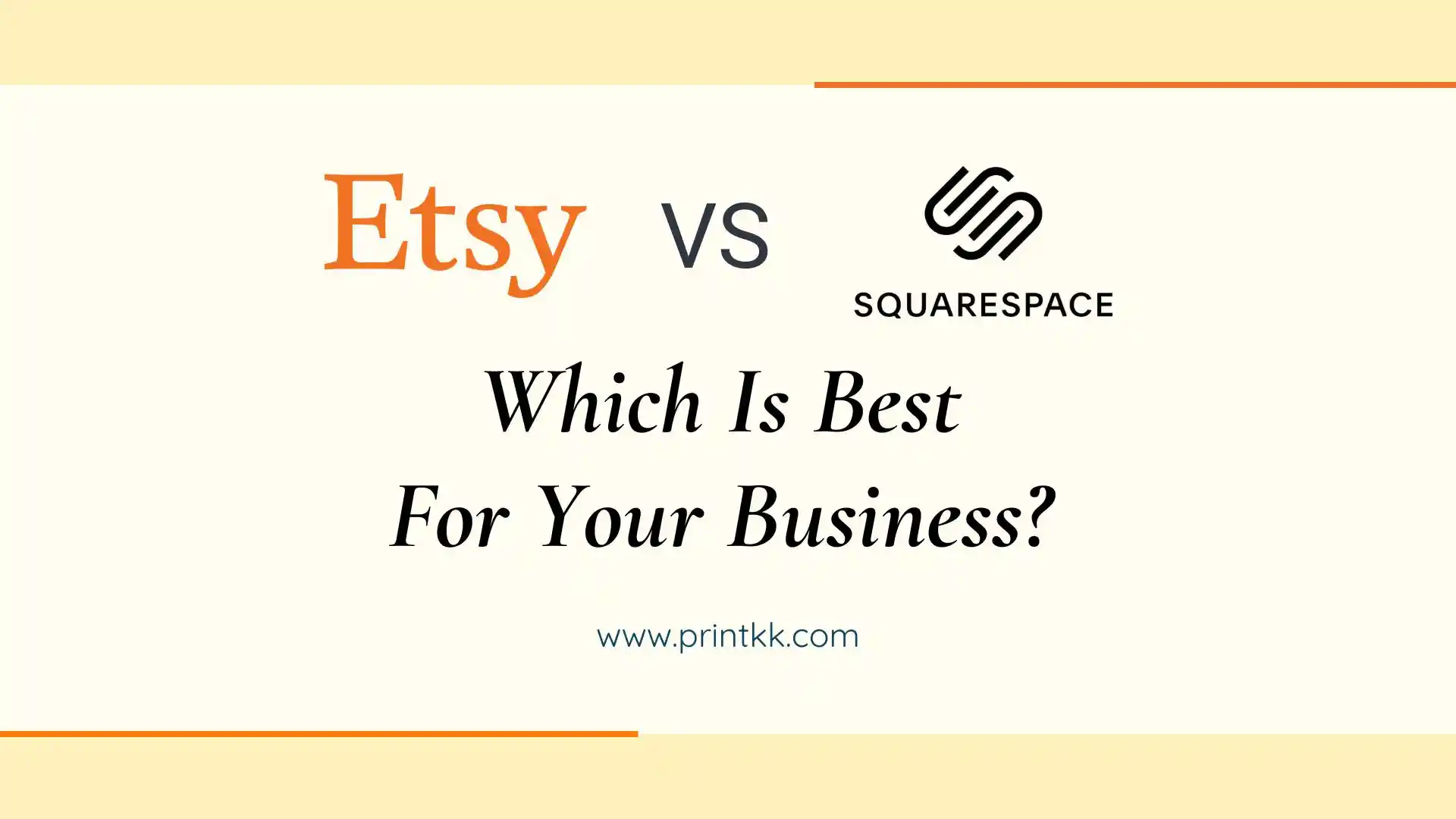
When it comes to launching an online store, choosing the right platform can make or break your business.
Many creators and small business owners find themselves debating Etsy vs Squarespace: should they tap into Etsy's built-in audience and marketplace tools, or leverage Squarespace's flexible, all-in-one website builder?
In this article, we'll break down the pros and cons of each platform, compare their features, and help you decide which option is best for your business in 2025.
Understanding Etsy and Squarespace
Etsy
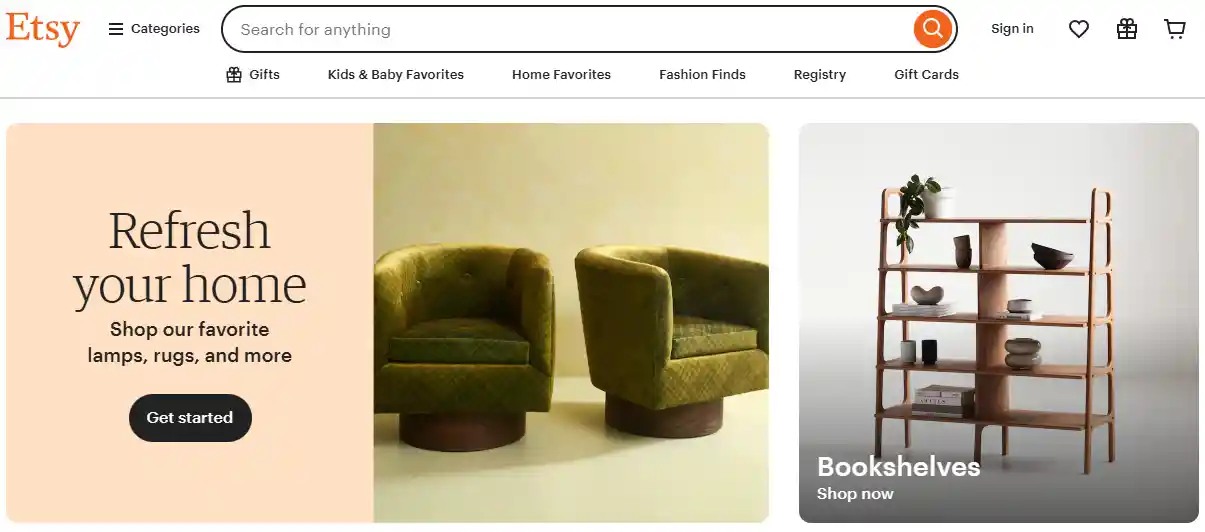
Etsy is a marketplace built for independent sellers and creative entrepreneurs. When you open a shop here, you're joining a community already looking for handmade items, vintage goods, or digital downloads.
You don't need to worry about bringing all the traffic yourself, because Etsy brings buyers to the platform.
However, this also means your store is competing with thousands of similar shops. You'll need to focus on product photos, clear descriptions, and reviews to stand out.
Etsy handles payment processing and has some built-in marketing tools, but you have limited control over design and branding.
Fees are part of the trade-off: listing fees, transaction fees, and payment processing fees all add up, so you need to price products carefully.
Squarespace

Squarespace is a website builder with e-commerce capabilities. Here, you are fully responsible for attracting visitors, because your store exists outside a central marketplace.
The upside is flexibility, site design, and product presentation. You can sell physical or digital products, offer variations, and integrate apps for printing or shipping.
Squarespace also allows you to sell physical, digital, or white label products, giving you full control over your offerings. It includes blogging, SEO tools, and social media integrations to help grow traffic over time.
You can connect multiple sales channels, but there isn't an instant audience like Etsy provides. Success on Squarespace depends on consistent promotion, clear messaging, and understanding your target customers.
From the data in the chart, we can see that globally, Etsy ranks noticeably higher than Squarespace, showing it attracts more overall traffic.
Squarespace may draw a smaller but more targeted audience, often visitors who are specifically looking to explore a brand or make a planned purchase rather than browse a marketplace.
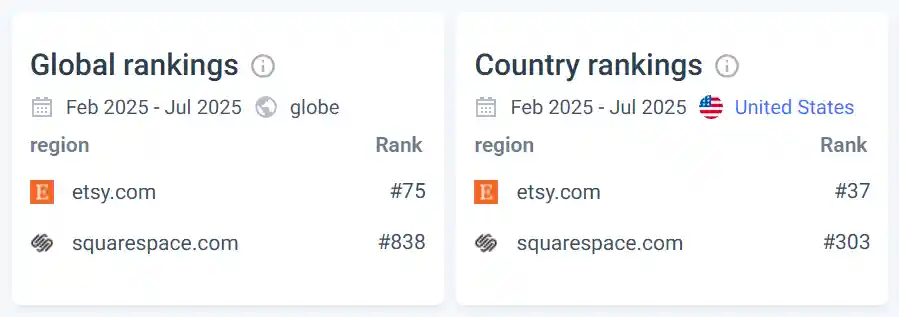
Source: Similarweb
Pros and Cons of Selling on Etsy
When you sell on Etsy, you're tapping into a marketplace where shoppers expect handmade, vintage, and unique items. It's convenient to start, but it comes with trade-offs you should consider.
Pros of Selling on Etsy
- Immediate Etsy audience means your products can get visibility without building traffic from scratch.
- Etsy credibility helps new sellers gain trust because buyers are already familiar with the platform.
- Easy product management allows you to list items, handle orders, and track performance without extra technical setup.
- Supportive seller community offers advice, tips, and networking opportunities to help you improve your shop.
Cons of Selling on Etsy
- Fees on Etsy sales for listings, payments, and transactions can reduce overall profits.
- Limited shop customization restricts how much you can show your brand personality compared to an independent site.
- Crowded Etsy marketplace means standing out is challenging, especially in competitive product categories.
- Reliance on Etsy traffic makes your store vulnerable if search visibility changes or competition increases.
Knowing these advantages and drawbacks gives you a clearer picture of how Etsy fits into your selling plan and whether its marketplace approach matches your goals.
Pros and Cons of Selling on Squarespace
Selling on Squarespace gives you a fully independent online store. Unlike marketplaces, you control how your products are presented and how your site looks.
This freedom comes with responsibility, because traffic won't appear automatically.
Pros of Selling on Squarespace
- Full brand control on Squarespace lets you design your store exactly how you want, from colors to layouts.
- Flexible product management allows you to sell physical items, digital downloads, or print-on-demand products without platform restrictions.
- Integration with marketing tools helps you reach customers through email campaigns, social media, and SEO strategies.
- Ownership of customer data means you can build an email list and remarket directly, giving long-term business growth potential.
Cons of Selling on Squarespace
- No built-in traffic on Squarespace means you must invest time and effort into attracting visitors through ads or social media.
- Higher setup responsibility compared to Etsy; you handle everything from product pages to payment systems yourself.
- Monthly subscription cost can be higher than simple marketplace fees, especially if you add apps and integrations.
- Learning curve for advanced features may slow down new sellers who aren't familiar with website management.
Understanding these pros and cons helps you see whether Squarespace's independent model fits your long-term selling strategy.

Etsy vs Squarespace: Detailed Analysis
Ease of Use
Etsy
Etsy's interface lets you upload products and manage inventory with almost no technical background.
For new sellers, it's easy to get started. You can focus on taking good photos and writing clear descriptions.
Daily tasks like processing orders, printing labels, or updating stock are simple. Over time, the platform provides sales data that helps you see which products are performing best.
Squarespace
Squarespace offers a drag-and-drop editor that gives full control over your website. The learning curve is steeper, but once you get the hang of it, everything flows smoothly.
Product management takes a bit longer at first, but you can fully customize navigation and page layouts.
This flexibility lets you create a store that matches your brand perfectly rather than sticking to a template.
Design and Customization
Etsy
Etsy provides fixed templates with limited color and image options. Overall design options are restricted. You can launch quickly, but your store may look similar to others.
A practical approach is to focus on high-quality product images and consistent visual style to make your store feel unique and professional.
Squarespace
Squarespace allows full design freedom and offers templates to start with. It's ideal for sellers focused on brand identity. You can adjust layouts, fonts, and colors for each page.
A helpful tip is to define your brand colors and typography first, then apply a template, ensuring a consistent look that keeps visitors engaged longer.
Fees and Pricing
Etsy
Etsy charges listing and transaction fees. Costs can add up if you sell many small items. There's no monthly fee, which keeps initial costs low.
Optimizing titles, tags, and using Etsy ads can help you get more exposure without spending extra money elsewhere.
Squarespace
Squarespace charges a monthly or yearly subscription, with lower transaction fees. For larger shops, it can be more cost-effective over time.
Built-in analytics and email campaign tools help you track sales and visitor behavior, allowing smarter marketing decisions rather than relying only on external ads.
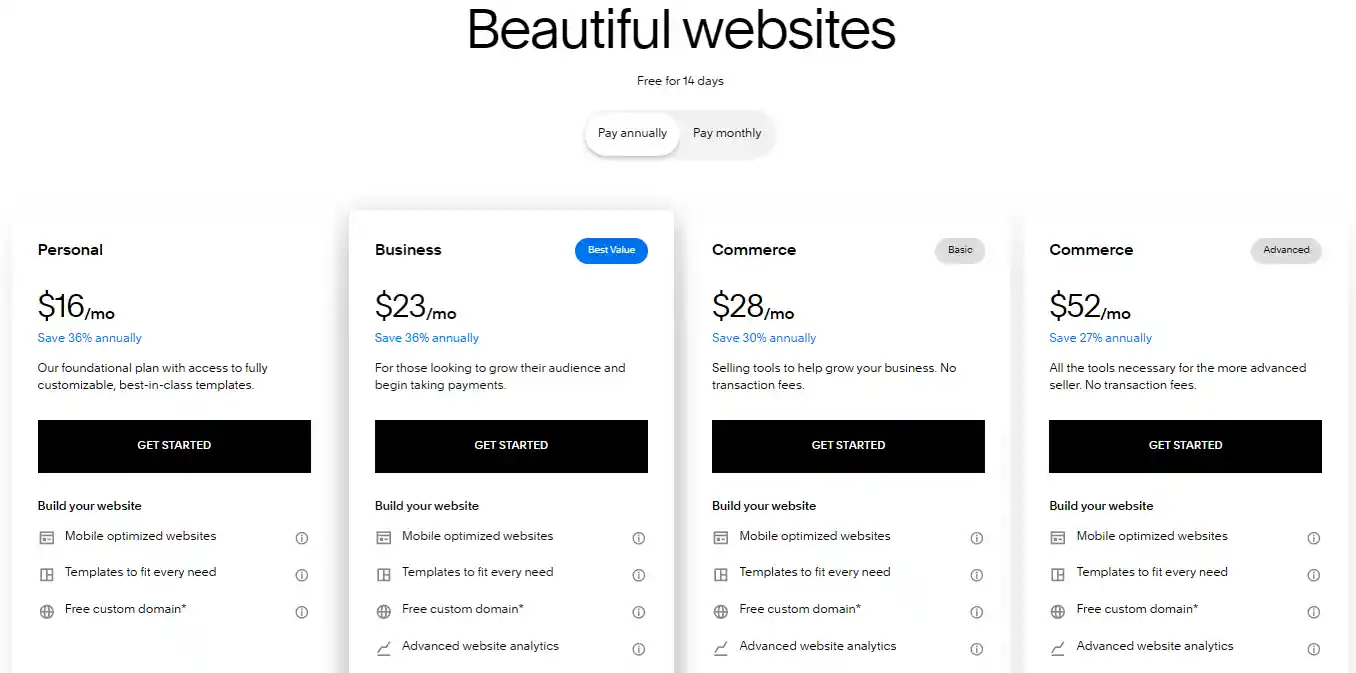
Marketing and SEO
Etsy
Etsy has built-in traffic from search and browsing, so products are easier to discover. Optimizing titles and tags makes a noticeable difference in visibility.
You can also use sales promotions, coupons, and seasonal events to boost sales directly from the platform.
Squarespace
Squarespace provides SEO tools and blogging features. You can attract traffic from outside sources.
It takes more patience, but building your own site traffic gives you full control over where visitors come from. Combining social media, email marketing, and blog content keeps customers engaged over the long term.
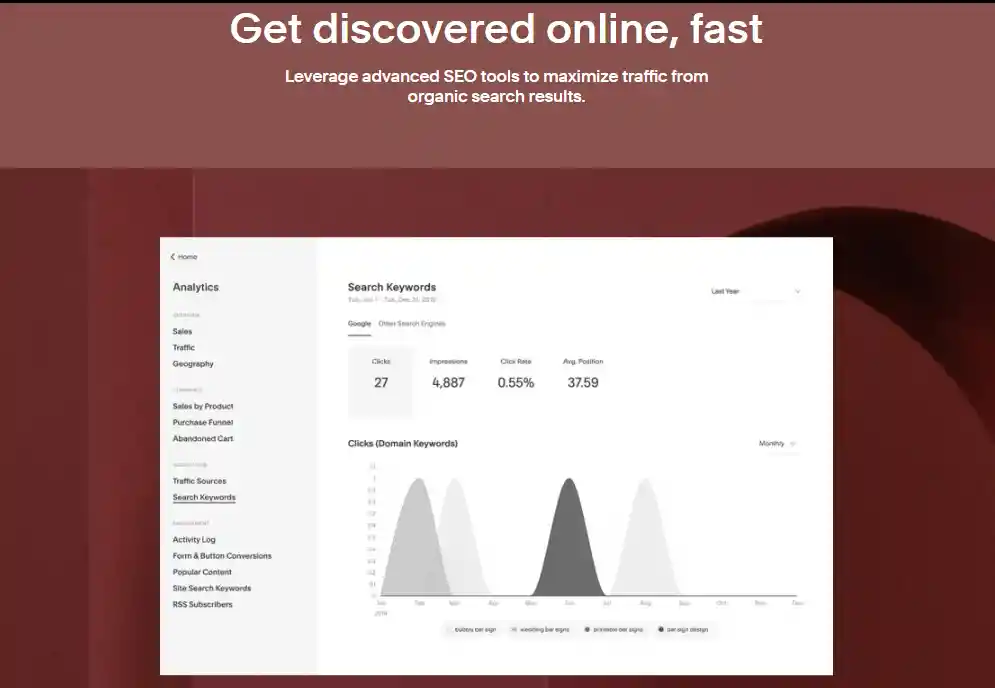
Support and Community
Etsy
Etsy's seller forums and help center are active, with real-world advice from other sellers. You'll find tips on pricing, shipping, and platform changes that aren't in official guides.
These shared experiences are very practical for running your shop day to day.
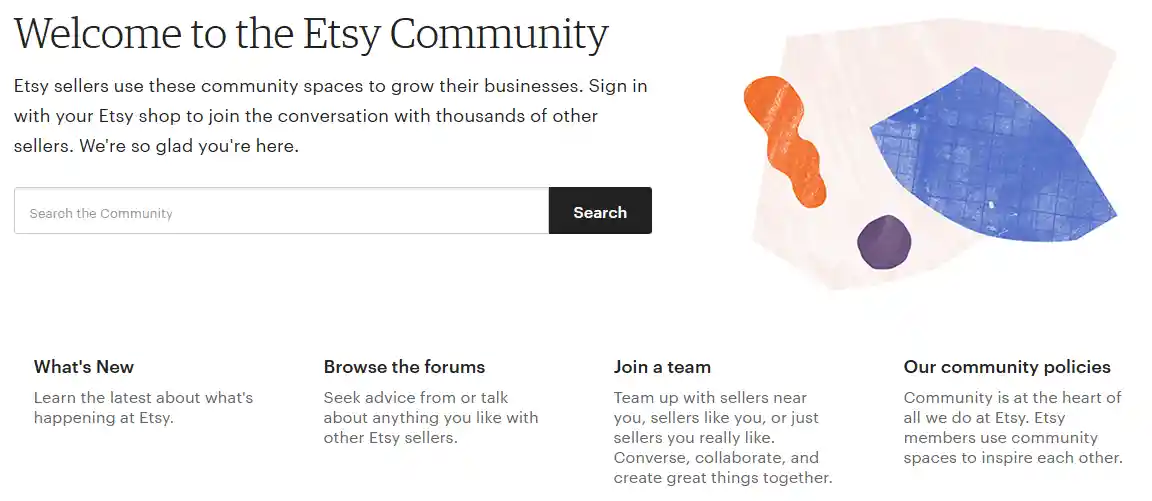
Squarespace
Squarespace provides 24/7 customer support and a detailed knowledge base. Support is professional but less community-driven.
Complex problems can be solved with step-by-step guidance, but learning mostly comes from your own experimentation or tutorials.
Selling Digital and Physical Products
Etsy
Etsy supports both digital downloads and physical products. Uploading files or setting shipping is simple. You can get products online quickly.
Etsy also gives basic sales analytics, so you know which products are popular, but data insights are limited compared to a full website.
Squarespace
Squarespace also handles digital and physical products. Product pages and inventory management are flexible.
Setup takes more effort, but you can add subscriptions, member-only content, or bundle deals, giving more options for long-term growth.

Custom Acrylic Wall Art Prints Square (Punched Type) - Print on Demand Fulfillment - PrintKK
How to Replicate Etsy Features on Squarespace
Product Variants and Options
Squarespace makes it easy to set up multiple product options like color, size, or material.
You can use its built-in product options feature to create drop-down menus or checkboxes.
Make sure each variant has clear pricing and stock levels. This way, your customers can select exactly what they want without confusion, similar to how Etsy handles variations.
Selling Digital Products
If you want to sell digital items like e-books, PDFs, or digital art, Squarespace has Digital Products combined with SendOwl for download management.
You can configure automatic download links, set permissions, and limit downloads per customer. This setup ensures buyers get instant access while keeping your files secure.
Gift Options and Customer Notes
Squarespace doesn't have Etsy's gift note fields by default, but you can replicate them with Product Options plus Form Blocks.
Add fields to collect messages, gift wrap requests, or special instructions. This makes it easy for customers to include personal touches, keeping the shopping experience thoughtful and smooth.
Order Management and Multi-Channel Sync
Squarespace doesn't automatically pull orders from other platforms, but plugins like Order Desk or ShipStation can sync orders from Etsy or Shopify.
You can manage shipping, track inventory, and keep all channels updated. Testing this setup ensures you don't miss orders or double-ship items.
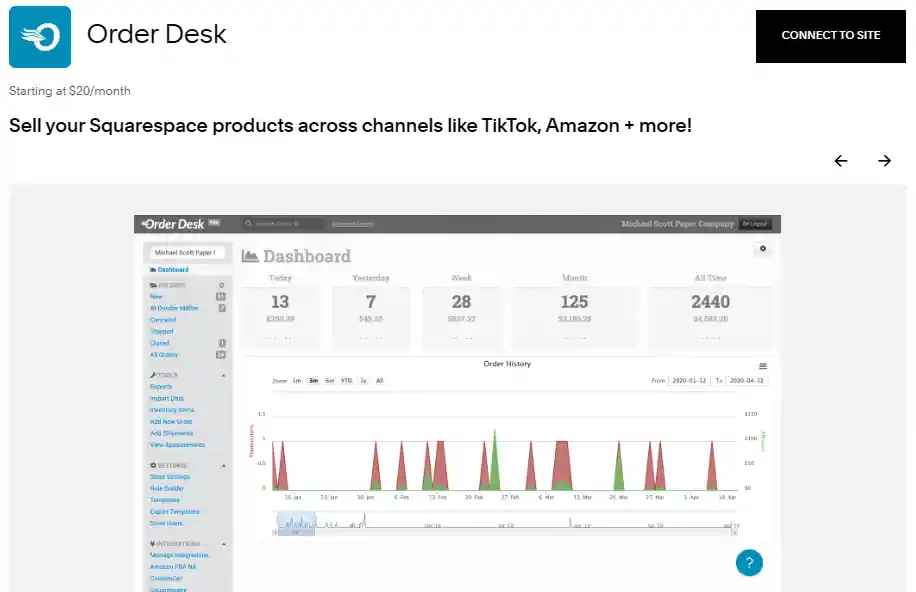
Bulk Orders and Multiple Quantities
For customers buying multiple items, Squarespace's quantity selector works well. You can set limits or allow any number of items in one order.
Displaying the options clearly in the cart reduces confusion and encourages larger purchases. It's simple but effective for replicating Etsy's multi-item convenience.
Print-on-Demand Products
Squarespace integrates with Printful and Printique, allowing T-shirts, mugs, or stickers to be printed and shipped automatically.
By connecting directly to your store, you can sell without keeping inventory. Make sure products are mapped correctly so orders go straight to the print partner for fulfillment.
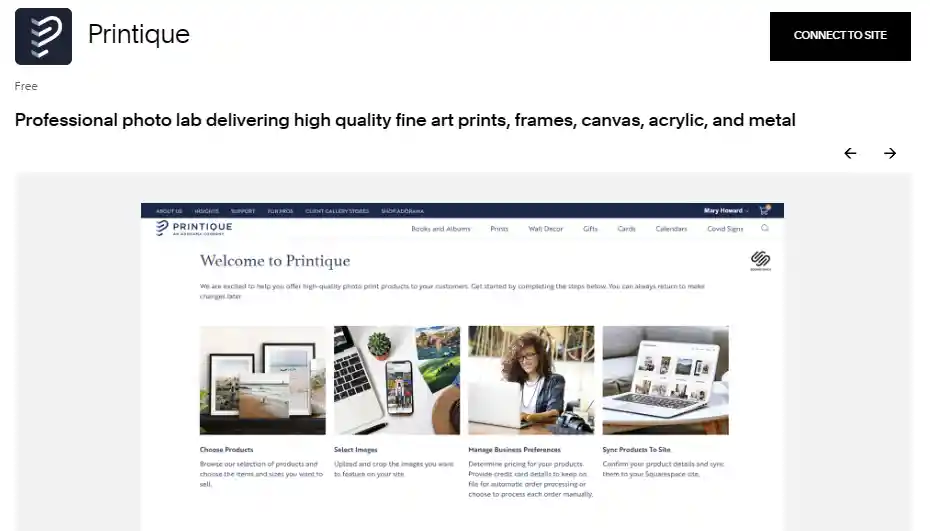
Customer Reviews and Feedback
Collecting feedback helps improve products. Tools like Delighted can gather ratings and comments via email or site pop-ups.
Displaying positive reviews builds trust, while private feedback guides improvements. Squarespace doesn't have Etsy's built-in review system, but this approach keeps you informed.
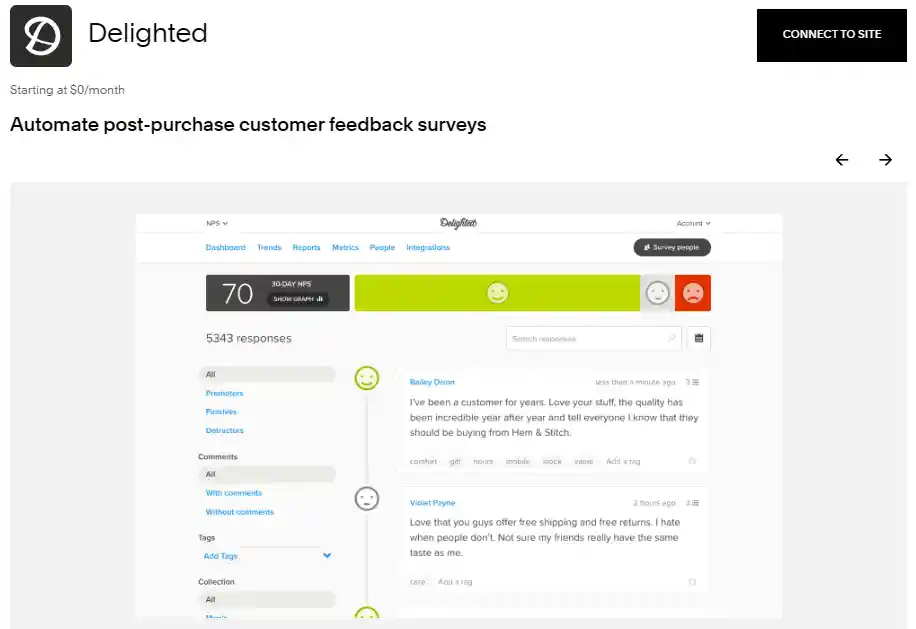
Marketing and Traffic
Without Etsy's built-in audience, you need to drive traffic yourself. Squarespace supports social media integration and works with
Channable for multi-channel campaigns. Combining posts, ads, and content marketing reduces reliance on a single source and gives you control over growth. Consistency and tracking results are key here.
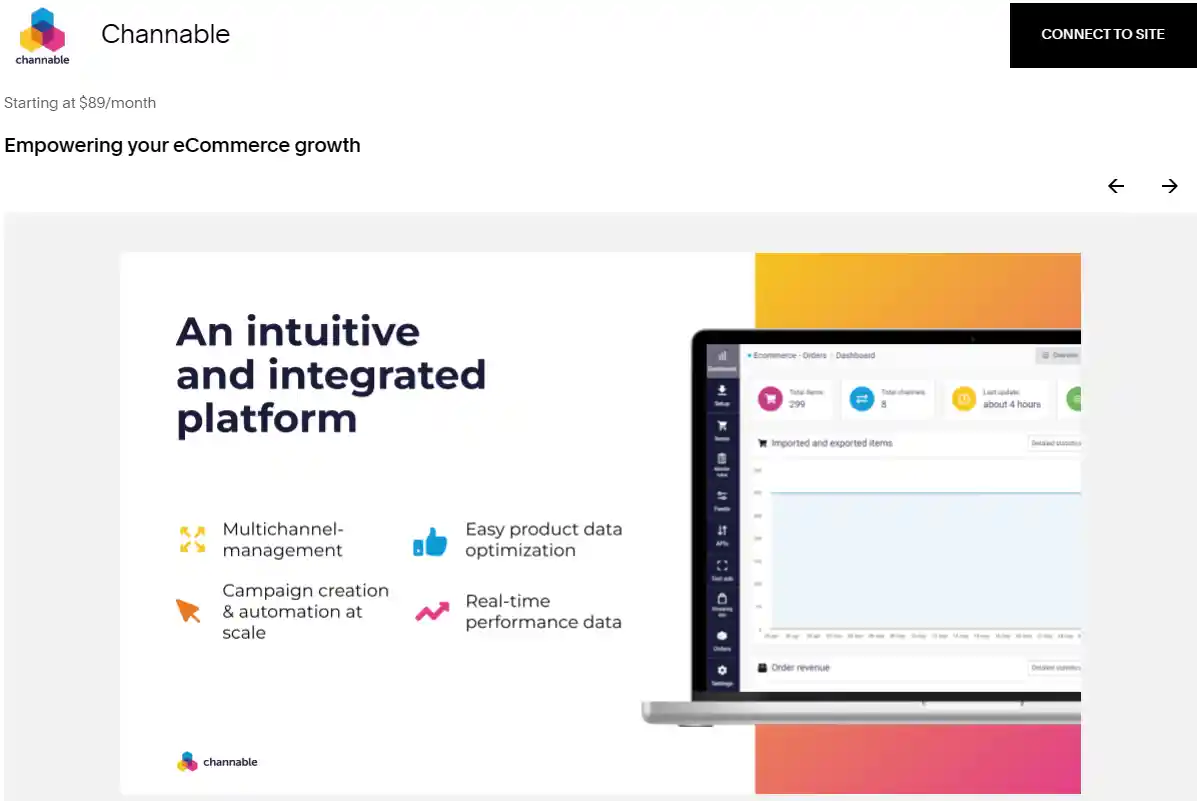
Product Videos and Enhanced Display
Adding product videos is possible using plugins like Product Gallery Video Plugin.
Videos let customers see items in action and understand features better than photos alone. Testing videos for loading speed and quality ensures they enhance the page without slowing it down.
How to Drive Traffic to Your Squarespace Store Without Etsy
The Challenge of Independent Sites
When you run a Squarespace store, you don't get automatic traffic like on Etsy. Visitors have to find your site on their own, which means you need to actively attract them.
That can feel slow at first, but learning where your potential customers hang out and what they search for makes a big difference over time.
Know Your Audience
Before spending time on marketing, define who your ideal customers are. Think about age, interests, and shopping habits.
For example, if you sell handmade journals, your audience might follow craft blogs, search for eco-friendly stationery, or browse Pinterest boards. Check social media trends and search data to find where your buyers spend their time.
Social Media Integration
Not all platforms work the same. Focus on the ones your audience uses most, like Instagram, X, or Pinterest. Post regularly, share stories or short videos, and reply to comments.
Link your social accounts to Squarespace so every post can drive traffic to your store. You can even add "Shop Now" buttons or direct product links to close the loop.
Paid Advertising & Content Marketing
Paid ads on Google or social platforms let you reach people actively searching for your products. Set a budget, choose your audience carefully, and test different ad types.
On the content side, blogging or sharing tutorials gives visitors a reason to stay. Good content boosts SEO, helping new customers find you without ongoing ads.
Multi-Channel Approach
Don't rely on just one platform. Keep a presence on social media, your Squarespace site, and other marketplaces if needed.
Synchronize your stock and branding so users get a consistent experience. This way, whether they find you on Instagram, a blog, or your store, your shop feels professional and trustworthy.
Driving traffic without Etsy takes effort, but it's rewarding. Focus on learning your audience, using social media smartly, and creating helpful content.
Test different strategies, track what works, and gradually build a reliable flow of visitors to your Squarespace store.
Read More:
- Redbubble vs Etsy: Which is Best for Online Store
- Etsy vs Shopify: Which Is Better for Print on Demand
So, Etsy vs Squarespace: Which Is Best in 2025?
When choosing between Etsy vs Squarespace, you need to think about your goals. Etsy gives you access to a large audience with minimal setup. Squarespace offers more control over your brand and store.
Both platforms have pros and cons, so it depends on what matters most to you.
Focus on your audience, your products, and your growth plan. Either choice can work if you put in the right effort and stay consistent.
FAQs
Is Squarespace a good choice for small businesses?
Absolutely. Squarespace is great for businesses wanting full brand control with sleek designs, built-in tools, and customizable storefronts—ideal for growing beyond marketplace limits.
Is selling on Squarespace worthwhile?
Yes, if you're ready to drive your own traffic. Unlike Etsy, there are no built-in shoppers, but you'll get lower fees and full creative freedom.
Can I migrate my Etsy shop to Squarespace easily?
Mostly—product exports are straightforward, but you'll need to rebuild your store design and SEO. Some third-party tools help streamline the process.
Should I use both Squarespace and Etsy together?
It's smart if you want Etsy's built-in audience plus Squarespace's branding. Sync inventory via integrations to avoid overselling—just factor in both platform costs.
Why are sellers leaving Etsy?
Common reasons include rising fees, stricter policies, and increased competition. Many prefer standalone sites (like Squarespace) for better margins and control.










 Global Shipping
Global Shipping





























